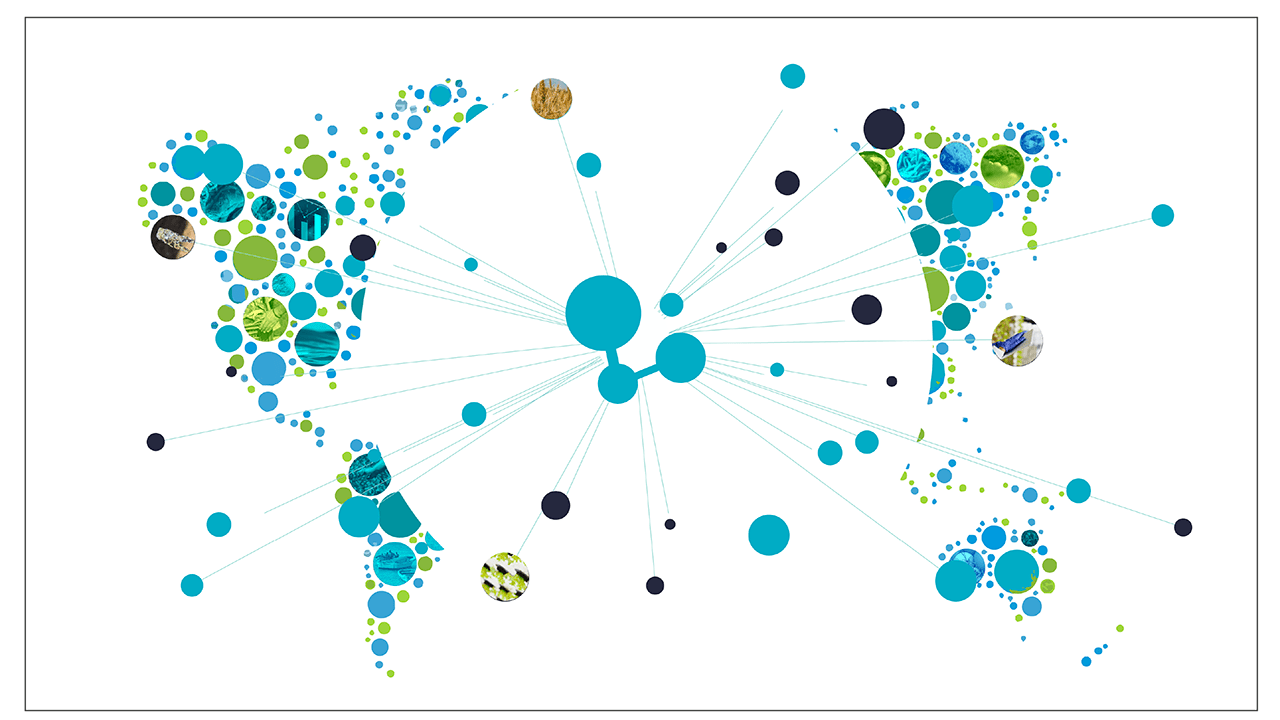STORIES
How Polluting Is ChatGPT?
Ask ChatGPT
An exclusive interview with ChatGPT about… ChatGPT. From energy use to e-waste, here’s what the AI had to say about its own environmental footprint.

Artificial Intelligence has become our helpful digital sidekick—writing emails, solving equations, even telling us whether it’s harming the planet. But in the era of climate emergencies and carbon calculators, there’s an awkward question we can’t ignore: how green is our silicon friend? To get an honest answer, we went straight to the source. Yes, we asked ChatGPT how much ChatGPT pollutes.
It started with a simple question: what’s your environmental impact?
"It started with a simple question: what’s your environmental impact?"
"It is primarily linked to the energy needed to run the servers on which I operate," ChatGPT calmly explained, before listing its top four eco-concerns like a bot at confession:
1. Electricity Consumption – Data centers need a lot of juice to keep servers running and cool. The more you chat, the more watts you rack up.
2. CO2 Emissions – If that energy comes from fossil fuels, every prompt you type could be puffing out a bit of carbon.
3. Water Use – Cooling systems often rely on water evaporation. AI doesn't sweat, but its servers sure do.
4. Hardware Waste – Servers don’t live forever. When they die, they leave behind a legacy of electronic junk.
Some studies estimate that training models like GPT-4 can emit hundreds of tons of CO2. The daily use? Depends on how chatty you are. Our conversation alone, ChatGPT estimated, burned through 20–50 watt-hours. That’s roughly the energy needed to keep a 10W LED lightbulb glowing for 2 to 5 hours.
And the emissions? "Between 8 and 20 grams of CO2," it replied. "Like driving a gasoline car for 80 to 200 meters, or sending 10 to 25 emails with attachments." Add a humble shrug emoji here if it had one.
Then there’s the water. A single AI request, some say, can gulp down up to half a liter of water when you factor in cooling systems. So our little Q&A might have drunk up to 5 liters—cheers.
"A single AI request can gulp down up to half a liter of water."
Wait, water? Yes, water. Data centers, it turns out, are very thirsty. Especially when they use evaporative cooling (basically high-tech sweating). In drought-prone regions like California or parts of India, this creates real tension between data and drinking water.
"Some data centers are exploring alternatives," ChatGPT noted, ever the optimistic PR rep. Recycled water, cooler climates, or in Microsoft's case, Project Natick: an underwater data center using ocean water to chill servers, far from human thirst.
What about Google? Google uses something called "Close Coupled Cooling" — putting cooling units right next to heat sources. Smart, efficient, and sounds like something out of a sci-fi romance. The company also pledged to go carbon-free by 2030.
Meanwhile, the broader tech industry is embracing "Green Computing": renewable energy, low-power hardware, and recycling. But we’re not quite at digital nirvana yet.
So how big is the footprint, really? According to ChatGPT, data centers gobble up around 1% of global energy and account for 2–4% of global CO2 emissions—roughly on par with aviation. Training a model like GPT-4? Equivalent to 40-50 hours of Netflix streaming.
"According to ChatGPT, data centers account for 2–4% of global CO2 emissions—roughly on par with aviation."
And then there’s the e-waste. Servers, processors, cooling fans, cables, batteries—they all have a shelf life. When they're obsolete, they often end up in landfills or get shipped to developing countries for unsafe processing.
"It is unfair and highly problematic," said ChatGPT, shifting from neutral explainer to ethical commentator. "Workers face hazardous conditions. These countries lack infrastructure for safe disposal. It's a systemic issue that needs better regulation and more equitable solutions."
So what's the fix? According to our eco-conscious AI, there are four big solutions:
• Use renewable energy.
• Optimize software to be less energy-hungry.
• Explore innovative cooling (hello, underwater servers!)
• Adopt energy storage systems for better efficiency.
Until then, ChatGPT will keep talking, calculating, and yes, sipping a bit of electricity and water with every keystroke. Just don’t ask it to write poetry about melting ice caps—unless you're ready to confront your carbon footprint in verse.








